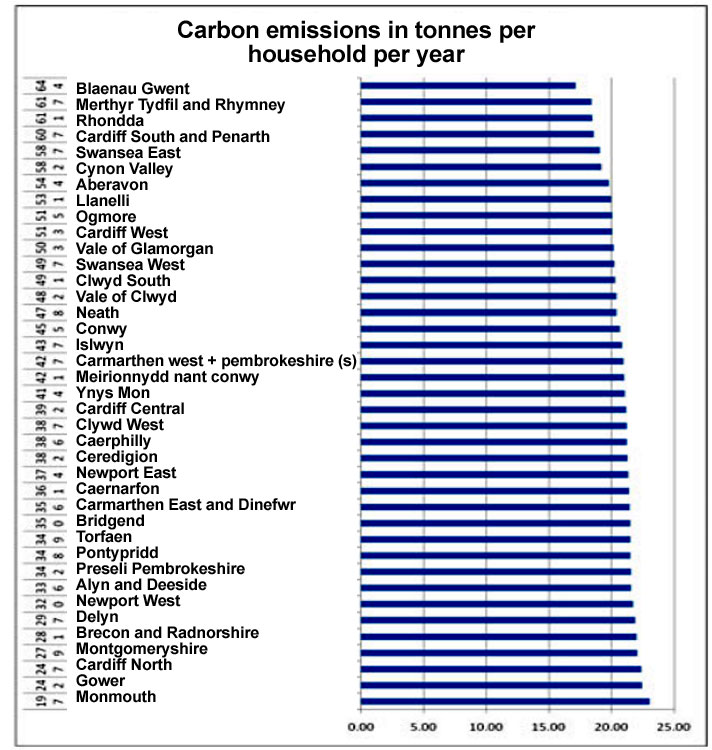How green is your valley?
How can I find out if I am having a positive or negative impact on the planet?
Why not measure YOUR carbon footprint?
-
1. Estimate how far it is from your home to your school.
-
2. Add up the total number of miles. Remember that when you have been dropped off, the driver still has to go back home.
-
3. Know how many passengers are in the car.
What is a 'carbon footprint'?
This is used to find out how much damage people are doing to the planet. It means how much carbon dioxide people produce as a result of their activities. It is usually measured yearly (annually) and is the amount of carbon dioxide that is produced. As you know, too much carbon dioxide emissions are harmful to the environment.
How is a carbon footprint measured?
What does this mean?
What if the bio-productive area was equally shared out?
How about the capital of Wales?
Cardiff residents need 5.59 gha to keep up their present consumption (way of life) - Cardiff used up 125 times its land area for the resources it consumes so obviously that means some areas of the world have less to use as a result.
Are there other ways of measuring the carbon footprint we use?
Yes, the Westminster Government measures the average family’s carbon emissions in metric tonnes per year. In 2007, in the rich areas around London, like Chesham and Amersham, the household figure was close to 30 tonnes per year, compared with Wales where some household emissions were less than 20 tonnes per year. The figures show that 196 English areas have greater emissions than anywhere in Wales.
Where are the biggest emissions in Wales?
Monmouth produces the greatest amount of carbon dioxide emissions in Wales with 23.01 tonnes.
Where are the smallest emissions in Wales?

Tasks:
2. Suggest how we could make changes in lifestyle, housing and transport to reduce carbon emissions.
3. Write a letter or design a poster for your local area to publicise your carbon emission levels compared with other regions of Wales and the world.


